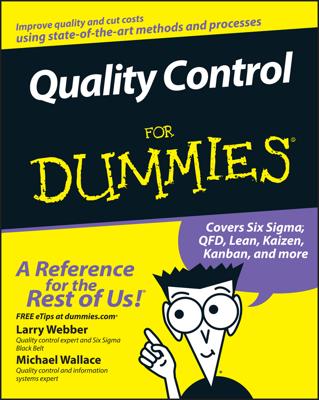Originally codified at Motorola in the 1980s, Six Sigma is a business efficiency process that relies on quantified performance measurements and a strong managerial team and buy-in. The term Six Sigma is often used interchangeably with a Six Sigma performance (3.4 or fewer defects per million opportunities) or a Six Sigma improvement (efficiency gains of 70 percent or greater).
Six Sigma in a nutshell
The key differentiations of the Six Sigma approach include:
Setting a mathematical focus: If you cannot measure it numerically, it’s not a Six Sigma project.
Saving, not avoiding, costs: Six Sigma calculations don’t account for avoiding costs in the future, only for lowering existing costs.
Having big ambitions: A “Six Sigma improvement” is an improvement of at least 70 percent. Six Sigma is not designed for small gains here and there.
Focusing on quality: At its base, Six Sigma is focused on the ruthless elimination of defects and variation throughout a production process and in a final result.
Bringing everyone on board: More than other methodologies, Six Sigma has many clearly defined roles for employees across an organization, ranging from Yellow, Green, and Black Belts to Champions, functional representatives, and deployment leaders.
Believing in determinism: Six Sigma relies on the belief that your organization is responsible for its own defects, which is great — because then your organization is fully capable of remedying them!
The Six Sigma formula
The basis of Six Sigma is the following formula:
y = f(x) + ε
In this equation, y is your end result (such as the finished product you sell). The x refers to your original inputs, which you transform or otherwise manipulate to turn into the finished product. (You may have more than one x in your process.) The function f() is the transformational process. Finally, the ε refers to the errors throughout the process. Six Sigma is all about eliminating or minimizing the ε.
Six Sigma is best for organizations that are fully committed to improvement, manufacturing companies, Type-A personalities, large companies, and organizations that communicate well.

